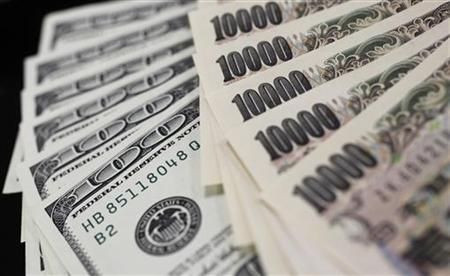Safety Seekers Find Yield Outside Treasury

Over the past three weeks, investors have been rushing into short-term Treasury exchange-traded funds to shield themselves from the roller coaster equity markets.
More than $1 billion flowed into State Street Corp.'s SPDR Barclays Capital 1-3 Month T-bill ETF over the first three weeks of August, second only to State Street's SPDR Gold Shares, which saw $1.5 billion in flows during the same period.
But there is one ETF that safety-hungry investors may be neglecting. Pacific Investment Management Co. LLC's Enhanced Short Maturity Strategy Fund is one such fund that deserves a second look, according to analysts.
Pimco launched MINT, its first actively-managed ETF in November 2009 as an alternative to low-yielding money market funds. Last March, it was the first actively managed ETF to surpass $1 billion in assets.
Unlike money market funds, the ETF isn't restricted in what kind of fixed income assets it can own. Also, unlike Treasury ETFs, MINT can invest in higher yielding parts of the market. For example, MINT currently had 58 percent in corporate bonds as of July 31, according to Pimco's ETF Web site.
All of this means that MINT has the ability to gain more yield. As of August 22, MINT has returned 1.21 percent for the past 12 months, compared to State Street's BIL, which is down 0.218 percent for the same period, according to IndexUniverse.com, an ETF research provider. Despite its performance, the active ETF only brought in $42 million for the first three weeks of August.
I understand that there is a flight to quality and people are looking for safe haven assets, but why would you pay for something that is yielding less than zero? said Dave Nadig, director of research at IndexUniverse.com.
SAFETY OVER PERFORMANCE
Investors are turning to BIL because they want safety above all else, said Anthony Rochte, senior managing director at State Street Global Advisors, a division of State Street Corp.
We continue to hear from investors -- whether it's financial advisers or private wealth managers -- that they aren't going very far out on the curve, Rochte said. Safety right now is paramount.
And that means in many cases that safety trumps performance, said Tom Lydon, president of Global Trends Investments, an adviser managing $95 million.
MINT has done a great job, but active management is not the top priority of the day, Lydon said. Also, the segment of investors who understand actively managed ETFs is still relatively small, he added.
Some investors may also be wary of MINT because it is relatively new, compared to BIL, which has been around since 2007, said Todd Rosenbluth, an analyst with Standard & Poor's equity research division. They started out strong because of the brand name, but they don't have much of a track record.
Also investors who are just looking to park money for a few days or weeks may opt for the cheaper BIL, which has an expense ratio of 0.13 percent, compared to MINT, which has an expense ratio of 0.35 percent regardless of the performance, Rosenbluth said.
Someone who is looking to park assets for a short period of time, isn't looking for performance, he said.
But that's a mistake, according to Nadig. I am a huge active management skeptic but it's really hard to extract yield from a fairly yield-less market and MINT has done that, he said.
© Copyright Thomson Reuters 2024. All rights reserved.





















